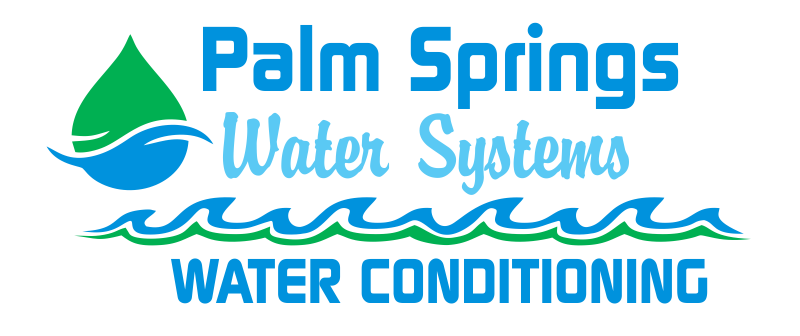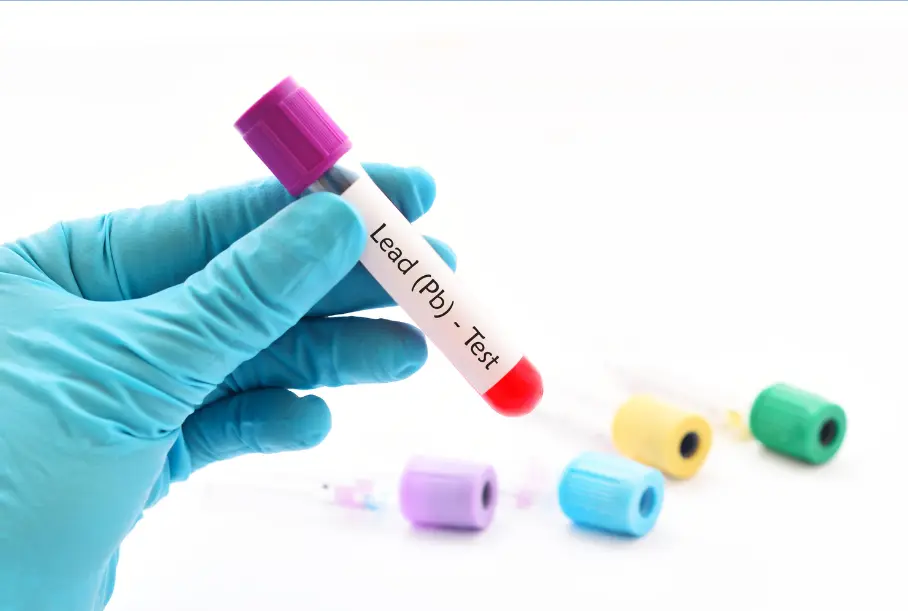Is there lead in your tap water?
Lead can be found all around us, from the air we breathe to the soil on which we live. In some cases, lead can even be traced to the water we drink. But how does lead get into our drinking water? Lead is able to enter the drinking water supply when the internal plumbing contains lead piping and begins to corrode.
Lead pipes, faucets, and fixtures are among the most common sources of lead in drinking water.
The lead service line is a lead pipe that connects the water main to the home and is generally a major source of lead in older structures and homes built before 1986. Other common sources include faucets and lead solder.
What are the risks of lead poisoning?
Lead is a toxic metal that is harmful at even low levels of exposure. Even more important, lead is persistent and accumulates in the body over time. As the lead is stored and then released, the transaction functions as a source of constant internal exposure.
Lead poisoning can affect almost every system in the body, from cardiovascular to reproductive. Children under six, infants, and fetuses are most susceptible to lead poisoning. Lead poisoning in pregnant women has been known to cause miscarriage, stillbirth, and/or infertility.
In adults, exposure to lead can result in, or contribute to:
- Increased blood pressure (hypertension)
- Irritability
- Headaches
- Kidney problems
- Infertility (in men and women)
- Depression
- Mood disorders
- Brain damage
- Death
For children, the risks associated with lead poisoning are even greater. Low levels of lead in a child’s blood can result in developmental issues and lifelong health consequences, including:
- Aggressive behavior
- Problems focusing
- Low IQ
- Learning disabilities
- Memory loss
- Insomnia
- Irritability
- Nerve damage
- Brain damage
- Anemia
- Seizures
- Coma
- Death
How can you prevent lead poisoning?
The Environmental Protection Agency (EPA) calculates that at least 20% of our lead exposure comes from drinking water. And for infants who are given mixed formula, as much as 60% of their lead exposure can come from drinking water. Since the effects of lead poisoning are irreversible, we know that the most effective way to protect ourselves and our families is to prevent lead exposure from happening.
Here are some easy steps to reduce lead exposure in drinking water:
- Get tested! Lead in drinking water has no taste or smell, so it can be difficult to identify. If you suspect the presence of lead, contact your water utility to get your water tested. Learn more about the lead levels in your drinking water here.
- Get to know your home. Find out if your home’s internal plumbing has a lead service line, which is common for older buildings. The water utility or a licensed plumber can determine if the pipe connecting your home to the water main is made from lead. If so, the water system must replace the lead service line if the system cannot meet EPA standards. Contact your local water system to start the process of removing the lead service line.
- Get to running! Boiling water doesn’t remove contaminants like lead, but running the tap before you drink water can help limit your exposure. Before drinking tap water, try letting the water run first. This serves to flush out the pipes and any contaminants. Since lead isn’t absorbed through the skin, take a shower, do some laundry, or do the dishes while you flush out the pipes.
- Get scrubbing. Faucets can be a major source of lead exposure in a home. It’s important to regularly check the screens on sink faucets, also known as aerators, and clear them of any debris. Sediment, debris, and large contaminant particles like lead can accumulate in the aerator.
- Get cold! If consuming tap water, choose cold water over hot. Use cold water for drinking water, cooking, and mixing baby formula. Boiling water for formula does not decrease the amount of lead exposure in tap water.
- Get to know the neighborhood. Once you know if your home has a lead service line, be aware of construction and maintenance work in the area. Disturbances from nearby construction can cause more lead to be released into the drinking water.
- Get the right thing! If you want to prevent lead exposure in drinking water with a water filtration system, make sure you’re getting the right thing. Look for a filtration system that is certified to remove lead. Some, like reverse osmosis filtration systems, can remove up to 99% of lead from drinking water, stopping the toxins from ever entering your home.
Prevent lead poisoning with the right water treatment products
For National Lead Poisoning Prevention Week, we learned that drinking water can be a major source of lead exposure. If not addressed, lead exposure can result in lead poisoning, which can have serious and long-term health consequences. For children, the risks associated with lead exposure are even more severe, indicating permanent developmental issues and damage to the brain and nervous system.
Protecting your family from lead poisoning starts with prevention at home. If you suspect lead in your drinking water, contact the water utility to have your water tested. And, for the ultimate peace of mind, contact our water treatment experts today to learn about in-home water filtration such as reverse osmosis drinking water systems!

